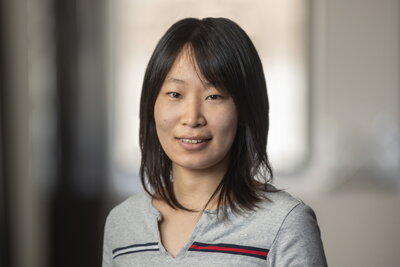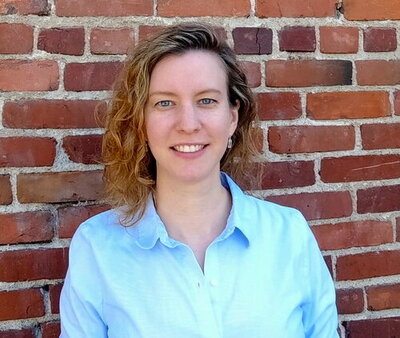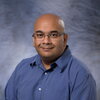

When Jiayin Dong walks across the University of Illinois campus this fall, it will feel familiar and entirely new.
Dong, an incoming assistant professor in the Department of Astronomy, is returning to Illinois as a faculty member, where she earned her undergraduate degrees in Engineering Physics and Astronomy. Previously a Flatiron Research Fellow at the Center for Computational Astrophysics in New York, Dong brought a passion for understanding how planetary systems form and evolve, and a deep affection for the university where she first looked through a telescope.
Dong’s path to astronomy wasn’t set from day one. “I began as a general studies major,” she recalls. “I spent my first year just exploring different courses—physics, astronomy, philosophy, engineering.” But an impromptu encounter changed everything. “One day, I walked by the observatory, and my roommate told me you could take a one-credit class. I did that and used the telescope to see the sky for the first time. Seeing pictures is much different than seeing it through the eyepiece.”
That sense of discovery stuck with her. During her undergraduate years, Dong worked on research with Professor Leslie Looney, analyzing protoplanetary disks. “It was pretty cool because I was the first person to see those images,” she says.
After graduating from Illinois, Dong pursued her PhD in Astronomy & Astrophysics at Penn State under the guidance of Bekki Dawson. At the Flatiron Institute, she combined computational models, statistical analysis, and dynamical theory to study how planetary systems form—and why they look so different from what scientists once expected.
“Before the discovery of exoplanets, we thought our understanding of planets was complete,” Dong explains. “That all changed in 1995 when the first exoplanet was discovered—a giant planet orbiting very close to its host star. It was completely different from our solar system.” The discovery opened up an entirely new field of study. “Now we need a new picture to describe planet formation. That’s why it’s exciting—you’re making discoveries and pushing the theory forward.”
Some of the biggest questions in the field are the ones that first drew her in. “What is the physical process that drives the diversity of exoplanet systems? What is a typical solar system? Is ours unique, or just one example of a broader range of systems?” Dong asks. New missions on the horizon, such as GAIA Data Release 4, promise to expand our understanding. “In the past, we’ve mostly mapped out inner planets. GAIA will tell us about planets with orbital distances beyond a few astronomical units. We don’t know what we’ll find—maybe we’ll have another discovery moment.”
Returning to Illinois, Dong is eager to contribute to this fast-moving field and to help raise the university’s profile in exoplanet research. “It’s nice to bring my expertise and connections to Illinois,” she says. “I’m excited about the opportunity. Illinois is a place where I know the department and the campus pretty well. It feels like a safe place—a home.”
She also looks forward to mentoring and guiding students along the path she once walked. “I’ve been talking to students and faculty, and I feel the real transition—the much larger responsibility of teaching that younger version of me.” Her advice to current undergraduates? “Explore broadly. Take classes outside of your major. For me, philosophy and geology courses helped me figure out my interests. Undergrad is one of the best times to explore.”
When she’s not analyzing planetary systems, Dong enjoys more down-to-earth hobbies. “I like milk tea a lot. I explore a lot of coffee places. I also really like watching and playing ice hockey.”
Now, as she returns to Illinois—this time at the front of the classroom—Dong brings her cutting-edge expertise and the enthusiasm and curiosity that drew her to the stars through the observatory eyepiece. And she’s eager to help the next generation of Illinois students discover that same sense of wonder.



